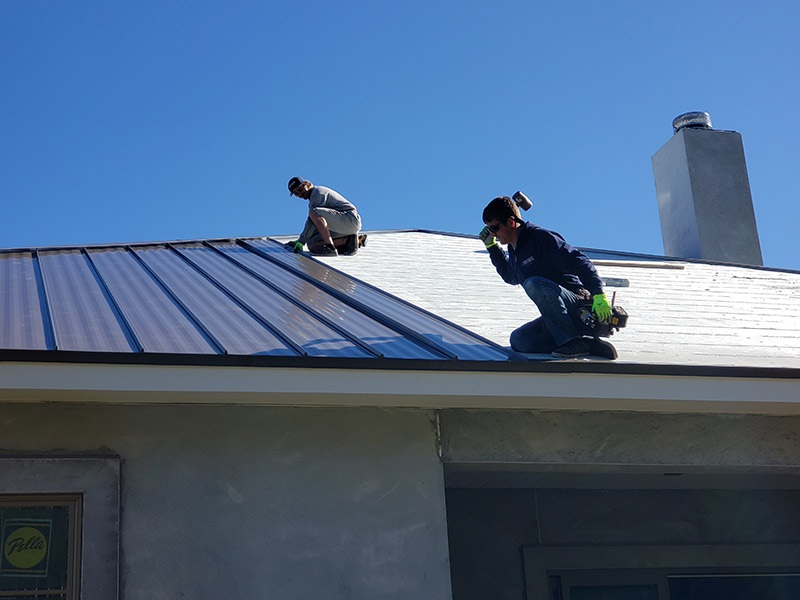Spiders can be a frequent sighting in St. Louis due to its importance of the environment. These creatures help control other pests outdoors. However, most homeowners prefer to keep them away from living spaces. Homes across the city may provide ideal conditions for spiders. There may be reliable food sources to warm hiding areas in these places. Common house spiders are not harmful to people, but some species can have venomous bites.
When prevention at home is not enough, Pointe Pest Control provides professional solutions. They can inspect homes thoroughly. They identify where spiders hide and the insects that attract them. The company designs customized plans for each property. Here’s what bring spiders to homes in St. Louis:
A Constant Supply of Food
Spiders follow the food. They can appear in homes with flies, mosquitoes, ants, or cockroaches. Kitchens, basements, and outdoor entryways often attract other bugs, creating a food chain that leads spiders inside. Reducing insect populations in and around the home can cut down on spider activity.
Quiet Corners and Safe Spaces
Spiders prefer places that stay dark and undisturbed. That is why they usually hide in basements, attics, storage closets, and garages. Also, they can take advantage of cardboard boxes, piles of clothes, or clutter.
Damp and Humid Areas
Bathrooms, laundry rooms, and basements with leaky pipes or poor ventilation often draw pests that thrive in damp conditions. Where these pests go, spiders soon follow. Fixing leaks and improving airflow reduces the population of insects and the spiders that hunt them.
Seasonal Shelter
Spiders look for steady environments as weather changes. Homes offer warmth and safety during cold months. In the summer, shaded and cooler areas indoors provide relief from heat. Seasonal changes explain why spider sightings increase during fall.
Web-Friendly Spots
Some house structures are perfect for webs. Eaves, porches, attics, and cluttered rooms offer strong anchor points. Webs trap passing insects, which reinforces the spider’s decision to stay. Spiders continue to expand their reach when webs remain undisturbed.
Entry Points Around the Home
Small gaps and cracks give spiders access indoors. Openings near windows, doors, or foundations are easy paths inside. Homes in St. Louis with older construction or heavy landscaping close to walls often give spiders more opportunities to find entry.
Outdoor Lighting and Insect Activity
Porch lights, garden lamps, or streetlights near windows create easy hunting zones for spiders. These pests build webs close to these light sources, knowing that food is nearby. Adjusting lighting choices and reducing brightness helps lower spider activity near entry points.
Yard Conditions
Spiders thrive in overgrown yards, woodpiles, and heavy shrubbery. These outdoor shelters bring them close to houses. Regular yard work, trimming vegetation, and moving woodpiles away from the home help limit spider numbers. This can reduce the chance of indoor infestations.
Indoor Clutter
Stacks of papers, overflowing storage bins, or crowded closets give spiders many hiding spots. These areas provide the shelter spiders need to feel secure while waiting for prey. Homes with more clutter see higher spider activity, since there are more places for them to remain unnoticed.
Warmth From Appliances
Refrigerators, water heaters, and dryers release heat, making them appealing spots for spiders to settle. The quiet space behind or underneath these machines is often perfect for them to build webs. Checking these areas regularly helps reduce hidden infestations.
Unused Rooms
Guest bedrooms, basements, or attics attract spiders because they remain quiet and undisturbed. With little human traffic, these spaces give spiders the chance to spin webs and set up camp without disruption. Regularly checking and cleaning unused rooms helps prevent them from becoming spider-friendly zones.











